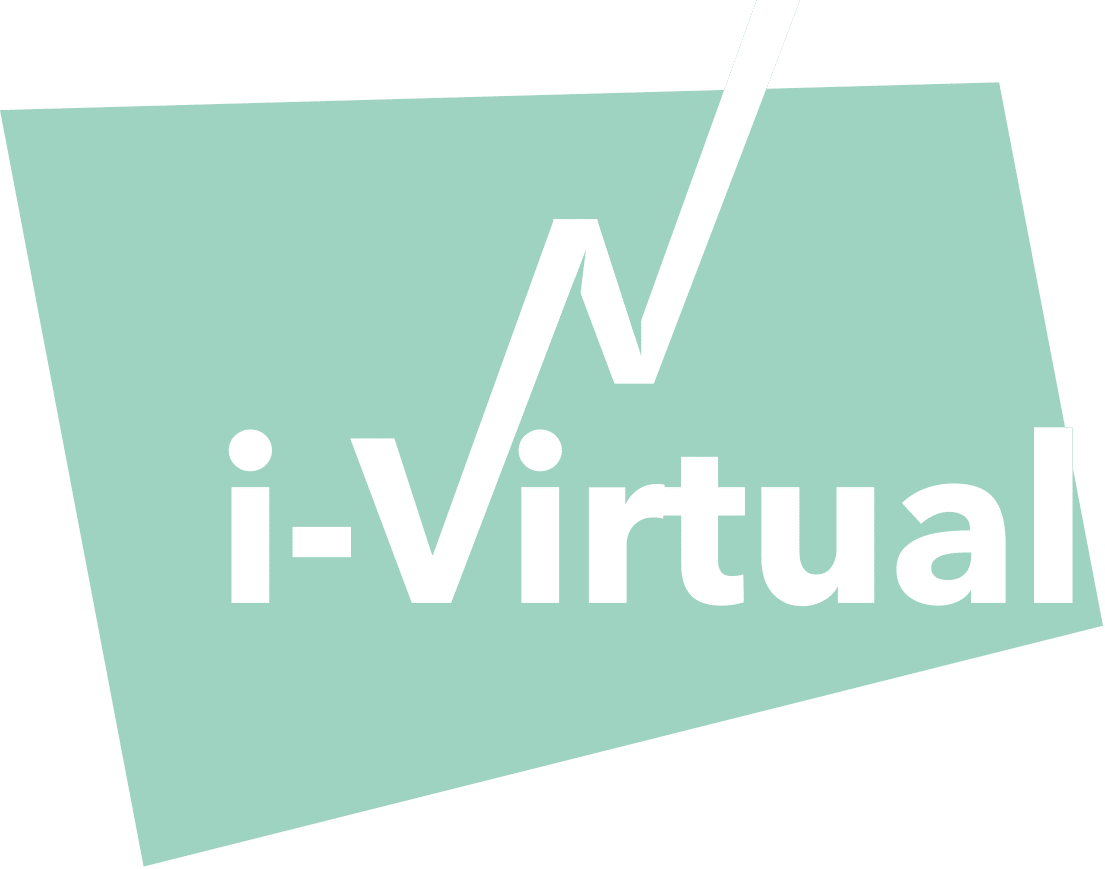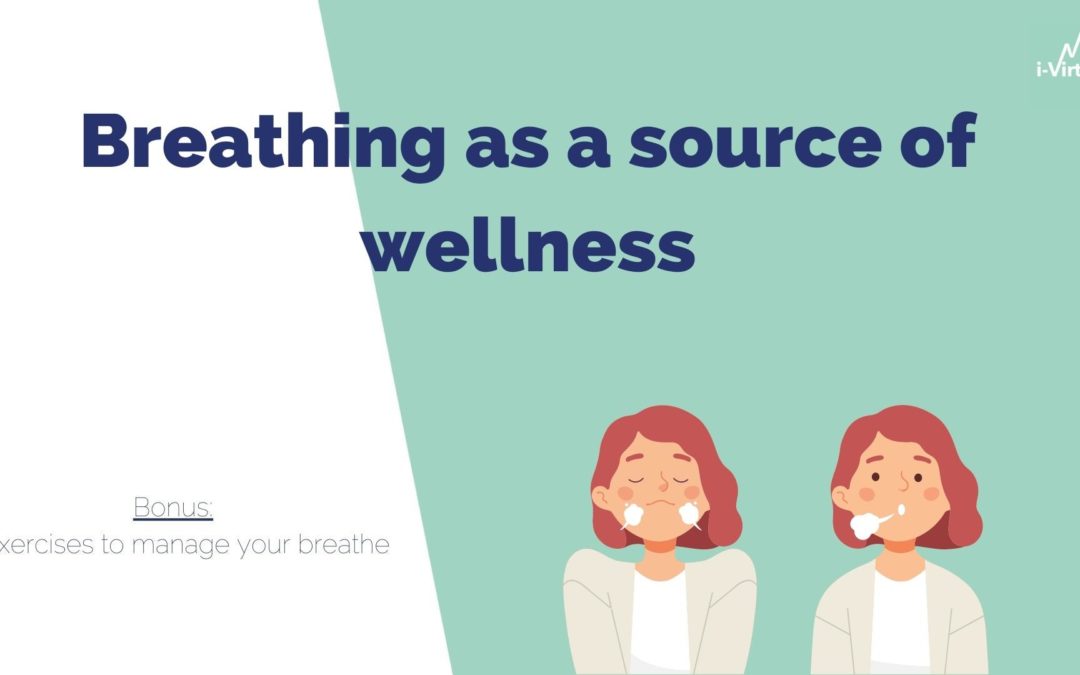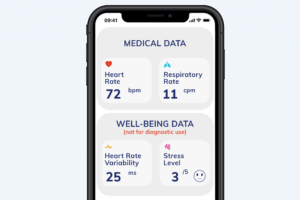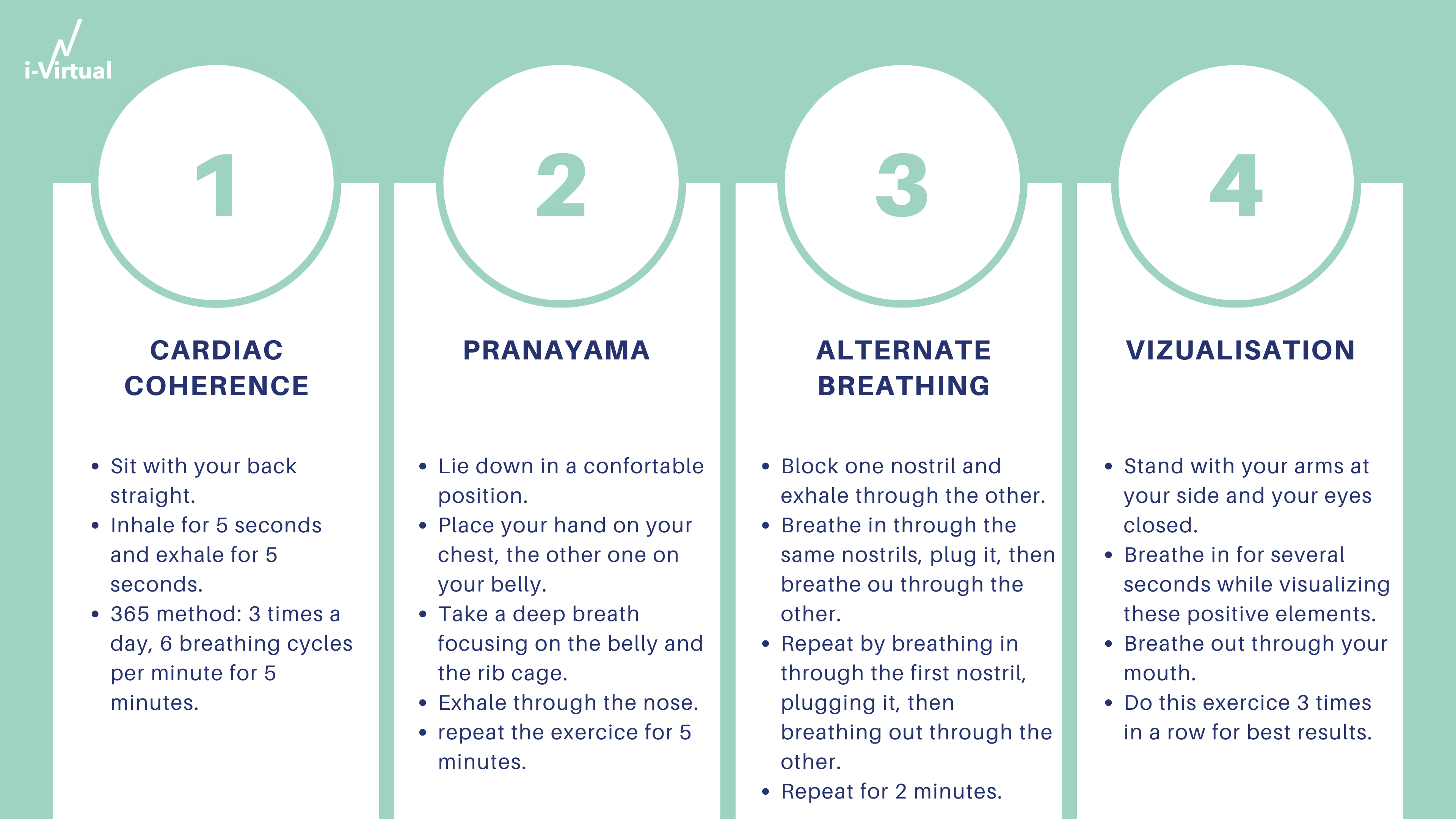Being aware of our breathing and controlling it can help us to feel better. Indeed, a good breathing allows, among other things, to eliminate toxins from the body. When we are stressed, anxious or nervous, our heart rate increases. Breathing becomes rapid and irregular. Thanks to our tool, Caducy, discover your stress level to adapt your breathing and your lifestyle!
What are the two types of breathing ?
1. Shallow breathing (costal breathing)
Human naturally gets costal breathing at birth, it is instinctive. This type of breathing is characterized by an elevation of the shoulders and a swelling of the chest at the moment of inspiration. In practice, we breathe in too little oxygen to fully satisfy our lungs, which is sufficient for living but incomplete for the proper oxygenation of the cells of the human body.
2. Belly breathing (diaphragmatic breathing)
Unlike costal breathing, belly breathing can be learned. Diaphragmatic breathing consists of bringing air, not into the upper part of the lungs, but into the lower part of them through the muscles of the diaphragm. If this breathing is done correctly, the body will receive a full flow of oxygen.
Why breathing can help you to reduce anxiety and stress ?
Breathing is physiological. When we are stressed or upset, the heart rate increases. Breathing becomes rapid and irregular. Dizziness, shaky legs, sweating, blurred vision, migraines, heartburn, high blood pressure, immune deficiency, muscle tension… The whole body suffers from the consequences. With controlled breathing, the heart rate and the blood pressure decrease, muscles relax. The brain calms down again: the stress level is lowered. Through good breathing management, moments of stress and anxiety can be anticipated and controlled.
Caducy, a medical device but not only
Caducy, in addition to measuring vital parameters, heart rate and respiratory rate, offers the measurement of well-being data, namely heart rate variability and stress level.
Thanks to this measurement, it is then possible to know one’s respiratory rate and to be diagnosed by a health professional, but also to evaluate one’s stress level.
These two complementary pieces of information then easily guide the user on his needs in terms of respiratory adaptation.
What are the different exercises to control breathing in stress period ?
Simple, quick and effective techniques will allow you to feel the benefits of a controlled breathing (exercises below).
1/ Cardiac coherence to regulate your stress and balance your emotions.
This relaxation technique is based on breathing exercises that act directly on the heart. It is also possible to manage emotions and improve well-being.
2/ Pranayama, an ancestral practice with 1000 benefits.
The practice of this yoga technique allows you to control your breathing by learning to regulate it. The breathing will become deep, slow and regular. This technique is based on full awareness/consciousness of the breathing.
3/ With alternate breathing, connect your mind to your breathing.
Alternate breathing consists in purifying our energies by breathing simultaneously through each nostril. The benefits are multiple: optimal health, nervous balance, restful sleep and reduction of anxiety and stress. Also, this exercise allows us to learn to know our body and to gain in concentration.
4/ Visualization, a highly effective method.
The goal is to imagine positive elements of our environment, while performing breathing exercises. We can mentally represent a comforting memory, and also a pleasant sensation.
4 exercises to manage your breathing
Learn to breathe
Scientists from all over the world say that good breathing can have a positive impact on your balance. Good breathing improves the functioning of all organs and eliminates various toxins. In addition, deep breathing reduces the production of noradrenaline, the hormone responsible for stress.
Breathe in, breathe out…



